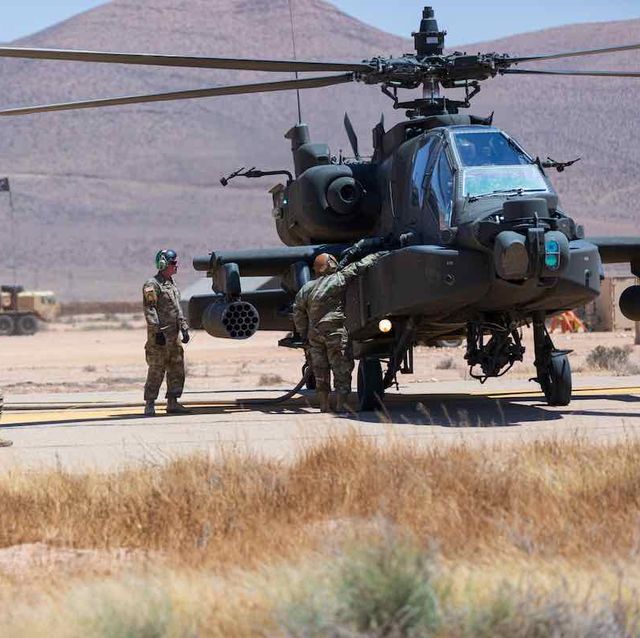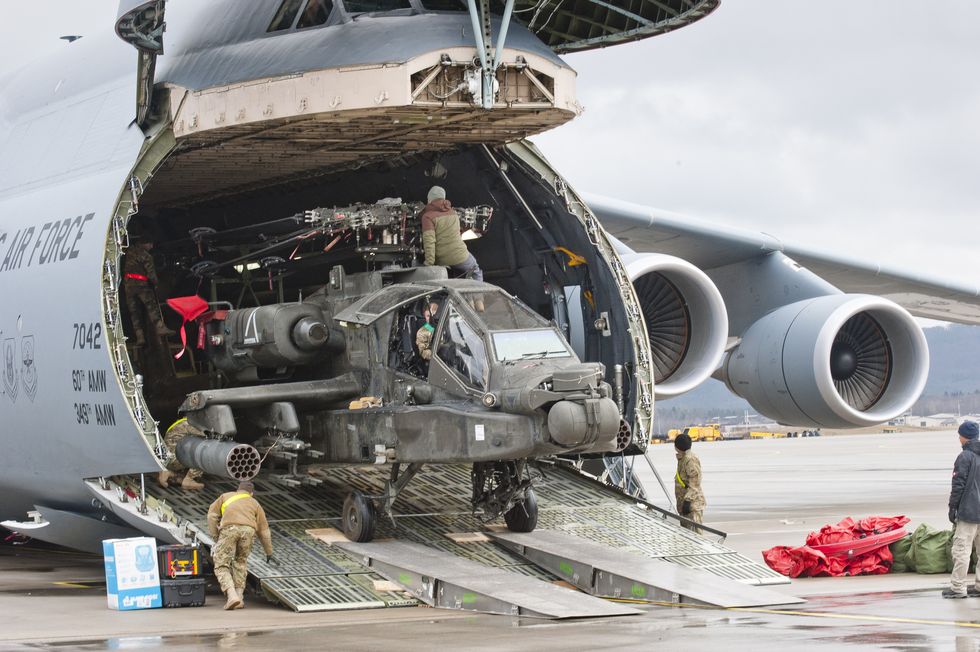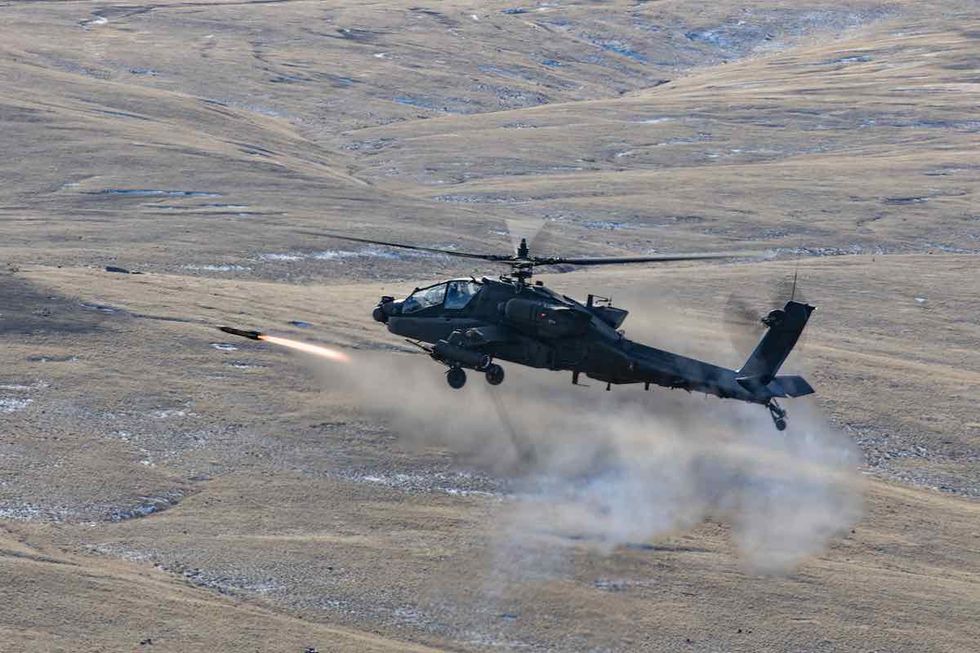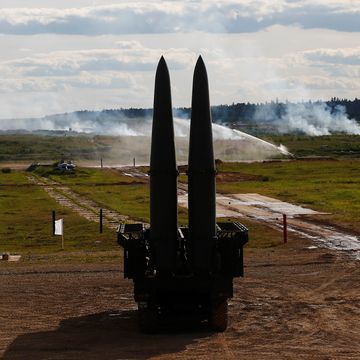- The Army National Guard ordered a nationwide stand down of its helicopters after two crashes in 11 days.
- The stand down will review the circumstances of the crash and address safety issues.
- Despite the incidents, the Apache’s safety record is higher than most helicopters due to its need to fly low and fast.
The National Guard has grounded its entire helicopter fleet after two major crash incidents in the span of just two weeks. In separate incidents, Apaches from the Utah and Mississippi National Guard were lost. The Apache has a relatively high mishap rate for Army aircraft—nearly three times higher than average.
Two Crashes, 11 Days Apart
The first incident took place on February 13th, 2024 at the South Valley Regional Airport, approximately 13 miles south of Salt Lake City, Utah. Local news photos show the aircraft on its side and its main rotor missing. The report claims that the pilot is from the 1st Battalion, 211th Aviation Regiment (“Air Pirates”)—part of the Utah Army National Guard and one of just four Apache battalions in the Army reserves. The pilot was treated and released at a nearby hospital.
The second crew member involved was said to be a member of the Air Force’s 419th Fighter Wing, located at nearby Hill Air Force Base. The 419th is home to two fighter squadrons, both equipped with the F-35A Lightning fighter. The crew member was described as injured but in stable condition.
The second incident took place on February 23rd, 2024 in Mississippi during a “routine training flight” near Booneville, Mississippi. Both the pilot and co-pilot/gunner were killed. The pilot was described as a member of the 1st Battalion, 149th Aviation Regiment, a Texas National Guard Apache battalion, while the co-pilot was a maintenance test pilot for the Mississippi Army National Guard.
Safety Record
The AH-64 Apache is the US Army’s attack helicopter, designed to kill tanks at a distance with Hellfire anti-tank missiles. As a result, the Apache typically flies low and fast, taking advantage of terrain features to mask its presence from enemy air defenses. The -D variant—the version involved in both crashes—uses a donut-shaped millimeter-wave radar antenna on top of the main rotor. It’s designed to peek out from behind a hill or treeline and detect tanks from a distance. The Apache can then launch Hellfire missiles at tanks from beyond line of sight without further risking detection.
Low altitude flying is inherently dangerous, taxing both the crew and the airframe. From 2016 to 2020, the Army’s Apache fleet had 2.12 “Class A” incidents per 100,000 flight hours. An Army Class A incident is defined as “a mishap in which the resulting total cost of property damage is $2,500,000 or more, an Army manned aircraft is destroyed, missing, or abandoned; or an injury and/or occupational illness results in a fatality or permanent total disability.”
By comparison, the Class A rate for CH-47 Chinook helicopters for 2015-2019 was 1.37 per 100,000 hours. The Class A rate for the UH-60 Black Hawk helicopter for 2014-2018 was 1.2 per 100,000 hours. The OH-58D Kiowa Warrior scout helicopter, which was retired in the 2010s and often flew alongside the Apache, had a Class A rate of 2.11 per 100,000 hours.
The stand down—which took effect on Monday, February 26th—will allow the Guard’s aviation units to review “safety policies and procedures” following the two crashes. This does not necessarily mean there is anything mechanically wrong with the Army’s helicopters, particularly the Apache. Of all Apache Class A incidents, 81 percent were “human error,” while just 19 percent were attributed to “material failure.”
The Takeaway
The two Apache helicopter crashes may or may not be related in some way, but for now, there is no evidence the incidents are linked. The only thing they might end up having in common is that they took place in February of 2024. The stand down will allow the Guard to review safety procedures and ensure that its remaining 70 Apaches are properly serviced and maintained.

Kyle Mizokami is a writer on defense and security issues and has been at Popular Mechanics since 2015. If it involves explosions or projectiles, he's generally in favor of it. Kyle’s articles have appeared at The Daily Beast, U.S. Naval Institute News, The Diplomat, Foreign Policy, Combat Aircraft Monthly, VICE News, and others. He lives in San Francisco.
















